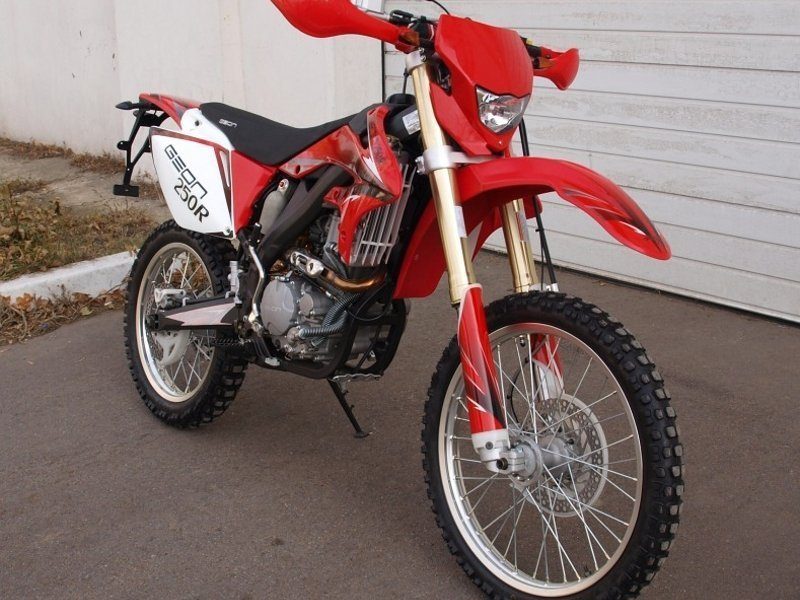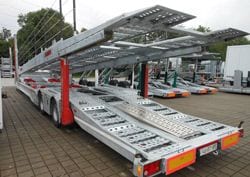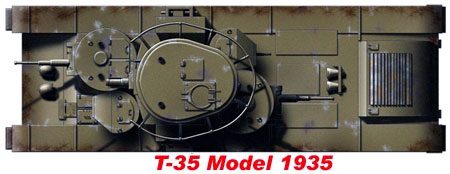
Heavy tank T-35
Heavy tank T-35T-35, Heavy tank
Two 45-mm tank cannons of the 1932 model were installed in the diagonally located towers of the lower tier and could fire forward-to-right and back-to-left. Machine gun turrets were located next to the lower tier cannon turrets. The M-12T liquid-cooled carburetor V-shaped 12-cylinder engine was located in the stern. The road wheels, sprung with coil springs, were covered with armored screens. All tanks were equipped with 71-TK-1 radios with handrail antennas. Tanks of the latest release with conical turrets and new side skirts had a mass of 55 tons and a crew reduced to 9 people. In total, about 60 T-35 tanks were produced. The history of the creation of the T-35 heavy tankThe impetus for starting the development of heavy tanks, designed to act as NPP (Direct Infantry Support) and DPP (Long-Range Infantry Support) tanks, was the rapid industrialization of the Soviet Union, begun in accordance with the first five-year plan in 1929. As a result of the implementation, enterprises were to appear capable of creating modern Armament, necessary for the implementation of the doctrine of "deep combat" adopted by the Soviet leadership. The first projects of heavy tanks had to be abandoned due to technical problems. The first project of a heavy tank was ordered in December 1930 by the Department of Mechanization and Motorization and the Main Design Bureau of the Artillery Directorate. The project received the designation T-30 and reflected the problems faced by the country, which has embarked on a course of rapid industrialization in the absence of the necessary technical experience. In accordance with the initial plans, it was supposed to build a floating tank weighing 50,8 tons, equipped with a 76,2 mm cannon and five machine guns. Although a prototype was built in 1932, it was decided to abandon the further implementation of the project due to problems with the chassis. At the Leningrad Bolshevik plant, OKMO designers, with the help of German engineers, developed the TG-1 (or T-22), sometimes called the "Grotte tank" after the name of the project manager. TG weighing 30,4 tons was ahead of the world tank building... The designers used an individual suspension of the rollers with pneumatic shock absorbers. Armament consisted of a 76,2 mm cannon and two 7,62 mm machine guns. The thickness of the armor was 35 mm. The designers, led by Grotte, also worked on projects for multi-turret vehicles. The TG-Z / T-29 model weighing 30,4 tons was armed with one 76,2 mm cannon, two 35 mm cannons and two machine guns. The most ambitious project was the development of a TG-5 / T-42 weighing 101,6 tons, armed with a 107 mm cannon and a number of other types of weapons, located in several towers. However, none of these projects was accepted for production due to their either excessive complexity or absolute impracticality (this applies to TG-5). It is controversial to claim that such over-ambitious, but unrealizable projects made it possible for Soviet engineers to gain more experience than developing designs suitable for the production of machines. Freedom of creativity in the development of weapons was a characteristic feature of the Soviet regime with its total control.
At the same time, another OKMO design team headed by N. Zeitz developed a more successful project - a heavy танк T-35. Two prototypes were built in 1932 and 1933. The first (T-35-1) weighing 50,8 tons had five towers. The main turret contained a 76,2 mm PS-3 cannon, developed on the basis of the 27/32 howitzer. Two additional turrets had 37 mm cannons, and the remaining two had machine guns. The car was served by a crew of 10 people. The designers used the ideas that emerged during the development of the TG - in particular the transmission, the M-6 gasoline engine, gearbox and clutch.
However, there were problems during testing. Due to the complexity of some parts, the T-35-1 was not suitable for mass production. The second prototype, the T-35-2, had a more powerful M-17 engine with a blocked suspension, fewer turrets and, accordingly, a smaller crew of 7 people. Booking has become more powerful. The thickness of the frontal armor increased to 35 mm, side - up to 25 mm. This was enough to protect against small arms fire and shell fragments. On August 11, 1933, the government decided to start serial production of the T-35A heavy tank, taking into account the experience gained while working on prototypes. Production was entrusted to the Kharkov Locomotive Plant. All the drawings and documentation from the Bolshevik plant were transferred there.
Numerous changes were made to the basic design of the T-1933 between 1939 and 35. The 1935 model of the year became longer and received a new turret designed for the T-28 with the 76,2 mm L-10 cannon. Two 45mm cannons, developed for the T-26 and BT-5 tanks, were installed instead of the 37mm cannons in the front and rear gun turrets. In 1938, the last six tanks were equipped with sloped turrets due to the increased power of anti-tank artillery.
Western and Russian historians have different opinions as to what prompted the development of the T-35 project. Earlier it was argued that the tank was copied from the British vehicle "Vickers A-6 Independent", but Russian experts reject this. The truth is impossible to know, but there is strong evidence to support the Western point of view, not least because of the failed Soviet attempts to buy the A-6. At the same time, one should not underestimate the influence of German engineers who were developing such samples in the late 20s at their Kama base in the Soviet Union. What is clear is that borrowing military technology and ideas from other countries was commonplace for most armies between the two world wars. Despite the intention to start mass production, in 1933-1939. only 61 were built танк T-35. The delays were caused by the same problems that occurred in the production of the "fast tank" BT and T-26: poor build quality and control, poor quality of parts processing. The efficiency of the T-35 was also not up to par. Due to its large size and poor controllability, the tank maneuvered poorly and overcame obstacles. The interior of the vehicle was very cramped, and while the tank was in motion, it was difficult to fire accurately from the cannons and machine guns. One T-35 had the same mass as nine BTs, so the USSR quite reasonably concentrated resources on the development and construction of more mobile models. Production of T-35 tanks
Back – Forward >> |


 The T-35 tank was put into service in 1933, its mass production was carried out at the Kharkov Locomotive Plant from 1933 to 1939. Tanks of this type were in service with the brigade of heavy vehicles of the reserve of the High Command. The car had a classic layout: the control compartment is located in front of the hull, the combat compartment is in the middle, the engine and transmission are in the stern. Armament was placed in two tiers in five towers. A 76,2 mm cannon and a 7,62 mm DT machine gun were mounted in the central turret.
The T-35 tank was put into service in 1933, its mass production was carried out at the Kharkov Locomotive Plant from 1933 to 1939. Tanks of this type were in service with the brigade of heavy vehicles of the reserve of the High Command. The car had a classic layout: the control compartment is located in front of the hull, the combat compartment is in the middle, the engine and transmission are in the stern. Armament was placed in two tiers in five towers. A 76,2 mm cannon and a 7,62 mm DT machine gun were mounted in the central turret.



